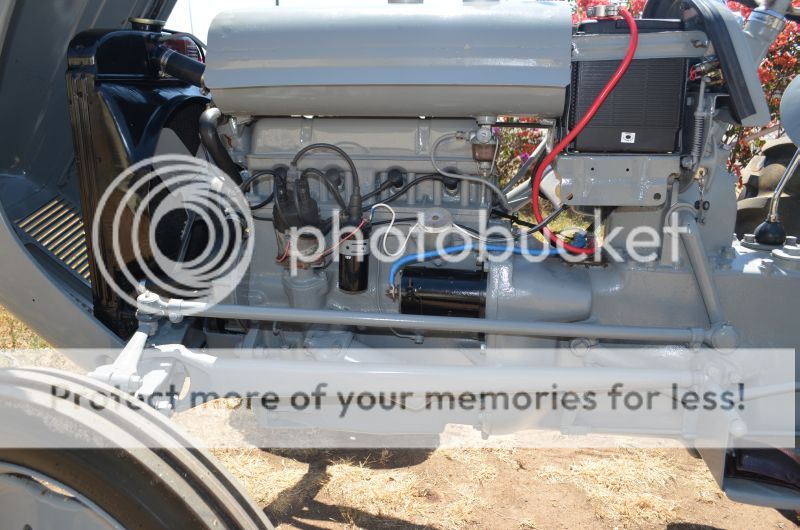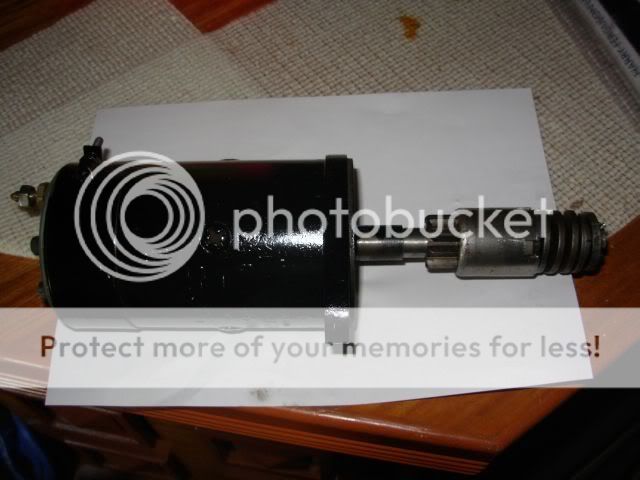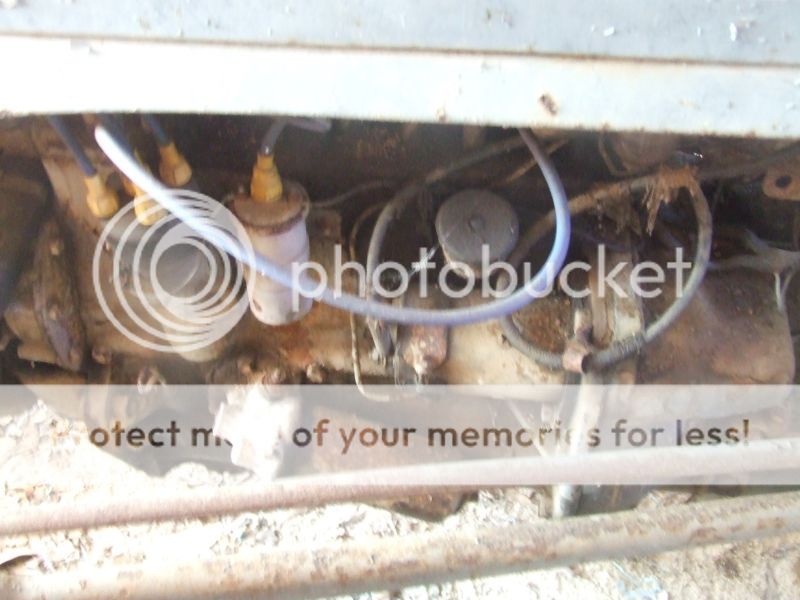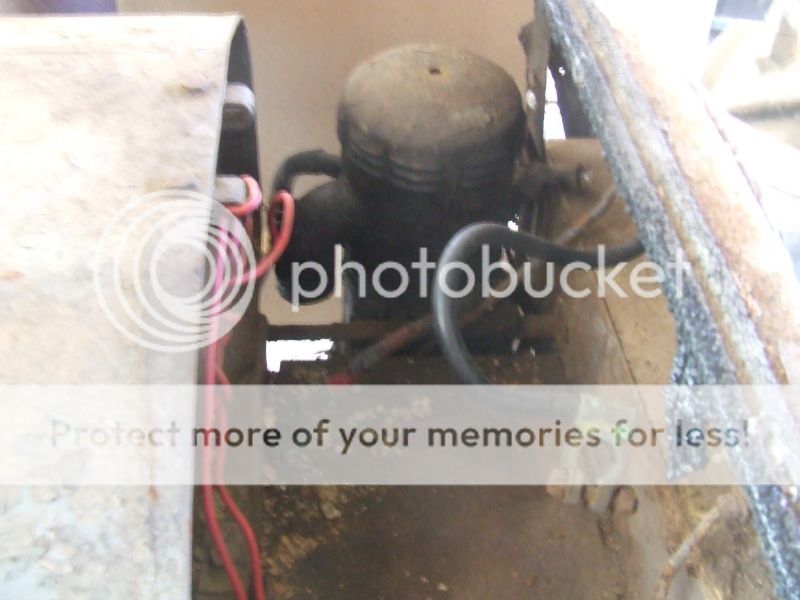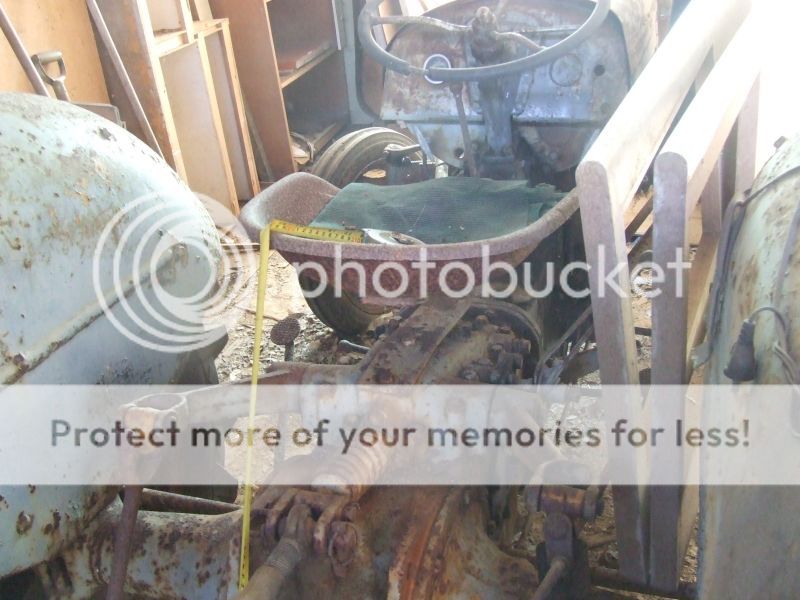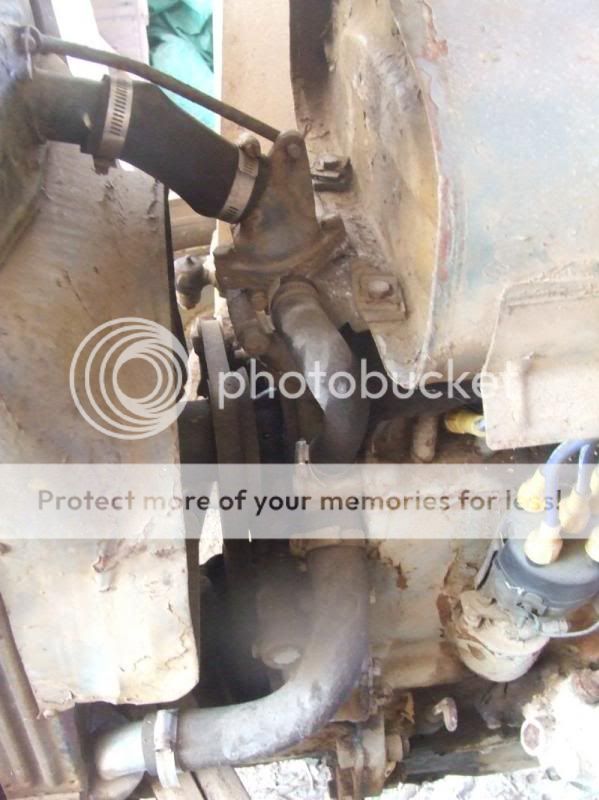G'day all. I am attempting to ID my father's Ferguson, with the intention of putting it back in service. There is no battery, so my first question is it 6 or 12 volt.
I know the water pump needs replacing as a minimum, and there are oil leaks from most joints including the PTO.
It last ran around 8-10 years ago and has been garaged since then.
The aluminum serial number plate is still in existence under the steering wheel, but is corroded. There are 4 numerals stamped on it in descending order:
2
3
78 or 18
There is what appears to be a serial number on the front of the passenger side rear axle housing:
400207 R 02
The R is in a triangle.
The motor is to be a Standard unit with horizontal oil filter.
Is 400207 the serial number? If so then I know it should take a 12 volt battery.
Can the fuel type, variant or year of manufacture be IDed from the 4 numerals in the ID plate?
Thanks in advance for any help, If the above is not enough please let me know what is required and I will check the next time I visit my parents.
I know the water pump needs replacing as a minimum, and there are oil leaks from most joints including the PTO.
It last ran around 8-10 years ago and has been garaged since then.
The aluminum serial number plate is still in existence under the steering wheel, but is corroded. There are 4 numerals stamped on it in descending order:
2
3
78 or 18
There is what appears to be a serial number on the front of the passenger side rear axle housing:
400207 R 02
The R is in a triangle.
The motor is to be a Standard unit with horizontal oil filter.
Is 400207 the serial number? If so then I know it should take a 12 volt battery.
Can the fuel type, variant or year of manufacture be IDed from the 4 numerals in the ID plate?
Thanks in advance for any help, If the above is not enough please let me know what is required and I will check the next time I visit my parents.


